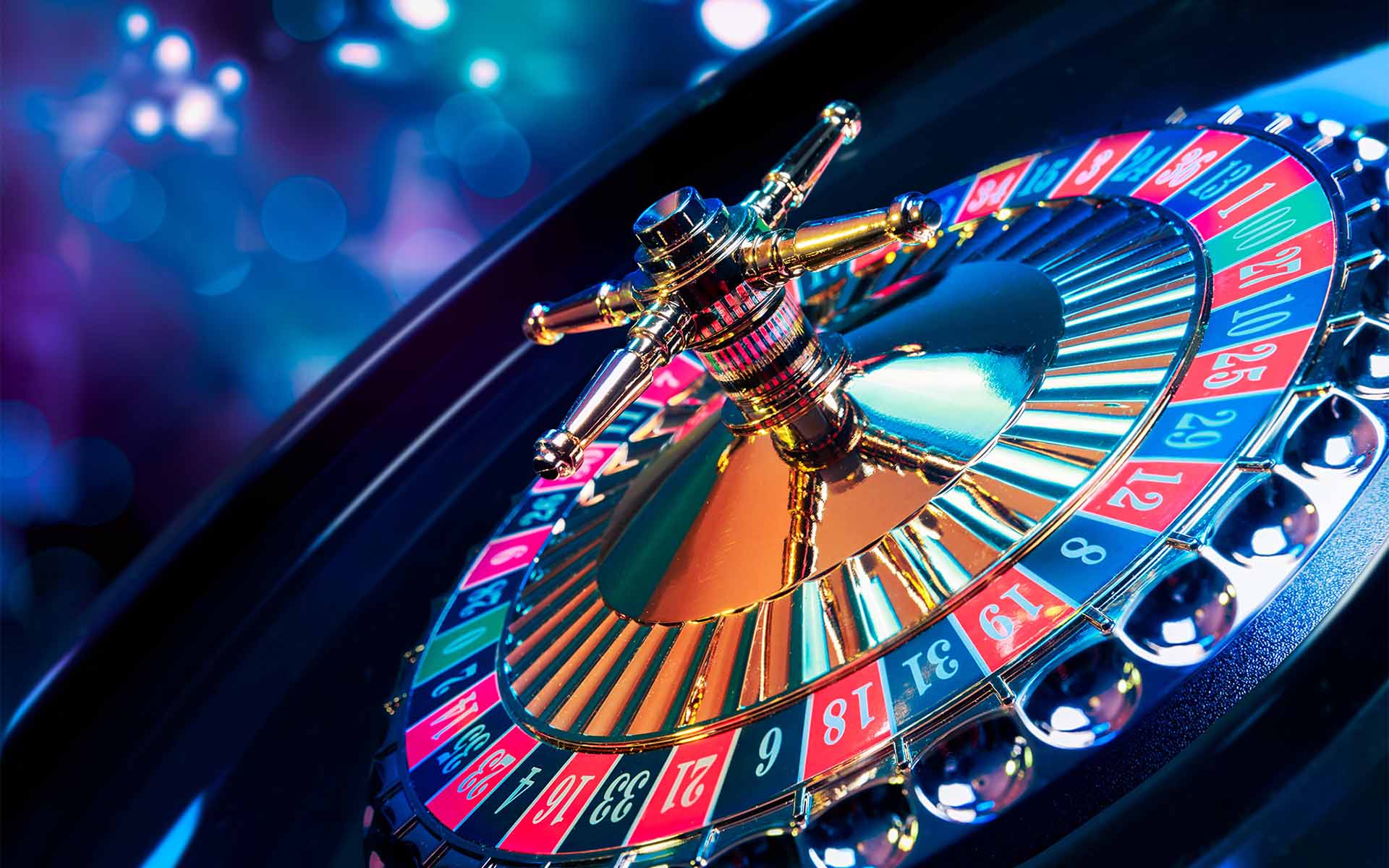
In a vibrant and exciting world of gaming establishments, where fortune and strategy intertwine, hues and design play a critical role in attracting gamblers. From the moment visitors step into a casino or log into a gaming website, they are immersed in a visual feast that grabs their attention and entices them to discover further. Bright colors, captivating graphics, and innovative layouts are meticulously crafted to create an atmosphere of thrill and anticipation, ultimately enhancing the gaming encounter.
While players navigate through the ever-changing landscape of casino games, they encounter a variety of designs that not only serve visual purposes but also affect feelings and decision-making. Hues like red and yellow symbolize riches and fortune, while calm blues and emeralds can create a more tranquil environment. Grasping how these elements function together allows casinos to create an welcoming and energizing atmosphere that encourages players to interact with the games, spend additional time at the tables, and boost their general enjoyment.
The Study of Color in Casino Games
Hue plays a crucial role in the design of gaming experiences, affecting players’ feelings and responses. Vivid and striking shades, such as red and yellow, are often used to stimulate excitement and attract focus. These shades create a sense pressure and vitality, encouraging players to participate more eagerly with the activity. By intentionally selecting tints, developers aim to evoke feelings of satisfaction and anticipation, which can enhance the total player experience.
Distinct colors also have psychological associations that can influence how gamblers perceive their odds of victory. For instance, lime is commonly associated with luck and prosperity, making it a well-liked choice in games like roulette and poker setups. This connection can cause gamblers to feel more optimistic and assured in their gaming, ultimately encouraging them to wager more. nohu90.cc Understanding these links allows game creators to create environments that enhance player satisfaction and retention.
Furthermore, the design of casino game interfaces often employs color gradients and differing hues to instruct player actions. For case, winning combinations may be emphasized with bright, differing shades, creating a visual incentive. This approach supports favorable outcomes and encourages repeated engagement. By exploiting the psychology of color, casinos can develop games that not only draw participants but also maintain them involved and committed in their play experience.
Design Elements that Attract Gamers
The aesthetic appeal of casino games is primarily influenced by the use of vibrant colors. Lively and contrasting colors are strategically chosen to create an inviting atmosphere that captures attention. For instance, reds and golds often signify luck and prosperity, which is why they are prevalent in the color schemes of slot machines and table surfaces. These colors not only attract players in, but they also evoke emotions associated with thrill and expectation, enhancing the overall gaming experience.
In addition to color, the design and layout of casino games play a significant role in player attraction. Games are designed to be user-friendly, ensuring that players can quickly understand the rules and mechanics. Accessible interfaces, along with captivating graphics and motion, help maintain player interest and encourage extended play sessions. The tactile elements, such as the feel of the buttons and the sounds of the games, also add to a holistic sensory experience that keeps players engaged.
In conclusion, thematic elements in game design can greatly influence gaming decisions. Many casino games are inspired by media, myths, or exploration motifs, featuring symbols and characters that connect with players. These themes create a sense of immersion and connection, making each game feel unique. When players feel a connection to the concept, they are more likely to choose that game over others, leading to increased participation and excitement within the gambling environment.
Case Studies: Successful Gambling Game Designs
One prime example of successful gambling game design is the well-known slot machine series based around blockbuster movies. Games such as those based on the Wizard of Oz and Game of Thrones utilize vibrant colors and high-quality graphics to engage players in familiar narratives. The use of moving visuals and captivating sound effects captures the focus of players, establishing an affective connection to the theme. This tactic not only promotes longer play but also boosts the overall gaming experience, leading to increased player retention.
Another notable case is the application of the psychology of color in table games like 21 and roulette. Casinos often design these games with dark reds and greens, colors traditionally linked with luck and wealth. For instance, the emerald felt on a 21 table provides a relaxing effect, while the red accents in roulette invite thrill. This intentional use of color helps to create an inviting atmosphere that motivates players to engage, satisfying their psychological impulses and boosting their enjoyment.
Finally, online casino games that include community features and vivid, lively designs have achieved remarkable success in engaging players. Games like Zynga’s Poker and Slot-O-Mania leverage vivid colors and playful animations to establish an inviting online environment. The integration of leaderboards, community sharing options, and in-game rewards fosters competition and community, pulling players in for longer sessions. Such designs merely make the games visually attractive but also underscore social interaction, a crucial factor in player retention and engagement within online casino environments.
